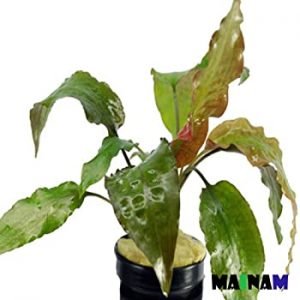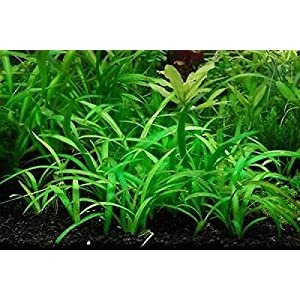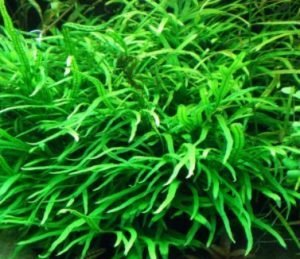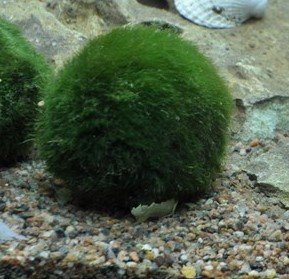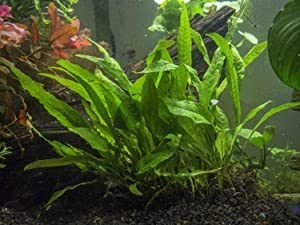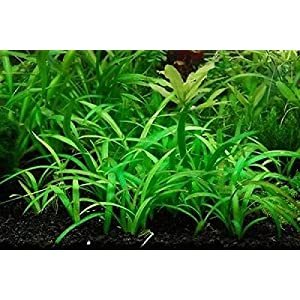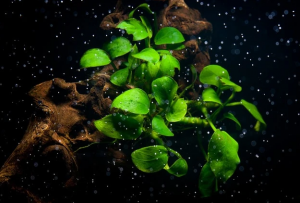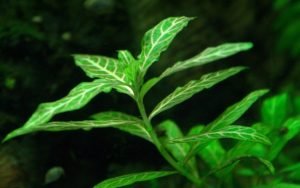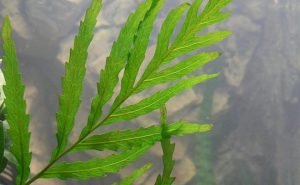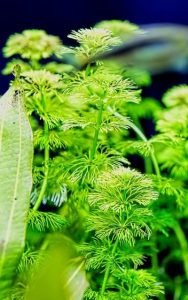This article is all about lighting for plant growth. We’ll focus on understanding the best spectrum for aquarium plants.
Live plants add beauty in an aquarium, but they not only look good they help maintain a balanced ecosystem in the tank and have many benefits for your fish including providing oxygen, food and cover which lowers their stress levels.
To keep your plants healthy, they will need clean water, nutrients and plenty of full spectrum light to promote photosynthesis and plant growth.
Understanding Light Spectrum for Aquarium Plants
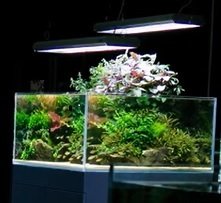
Different plants need more intense light to thrive, and a stronger light source is needed for taller fish tanks.
Aquatic plants thrive best under full spectrum light with a color temperature (known as a Kelvin rating) of 6,500- 8,000k.
It is essential that you choose a light source that has been designed to be beneficial to tank plants -such as high output T5 fluorescent and LED lighting.
The ‘light spectrum’ refers to the visible range of light and this is measured in nanometers according to the wavelength of the light energy – as seen by the naked eye.
This usually ranges between 400- 800 nanometers, with ultraviolet light towards the low end of the spectrum and infrared at the top end.
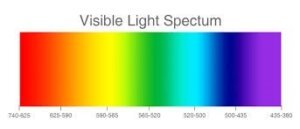 The visible spectrum of light is often accompanied a color scale, measured in color temperature using degrees.
The visible spectrum of light is often accompanied a color scale, measured in color temperature using degrees.
Kelvin Black is at the lowest temperature of zero degrees and this progresses to red, then yellow, green, blue and then violet at the warmest temperature. Sunlight is full spectrum.
It is important to understand these basics of the light spectrum when choose the lighting for your tank as there are many different types of lighting to choose from.
Light bulbs are labelled such as ‘actinic’ and ‘daylight’ and they each produce a different light for different tanks with different fish and plants.
- Features programmable, gradual 24-hour light cycle settings (sunrise, midday, sunset and night)
- Includes six unique band waves for full spectrum results
- Includes optional pre-set habitat light configurations like Lake Malawi, Tropical, and Planted
- 120 degree light dispersion for full area coverage and uniform lighting
- Extendable mounting brackets allow easy installation on a variety of aquarium widths
Prices pulled from the Amazon Product Advertising API on:
Product prices and availability are accurate as of the date/time indicated and are subject to change. Any price and availability information displayed on [relevant Amazon Site(s), as applicable] at the time of purchase will apply to the purchase of this product.
For example, actinic bulbs produce lighting from the blue end of the spectrum, and this is ideal for saltwater reef tanks as it can penetrate deep water.
Full spectrum lights are often referred to as ‘daylight’ bulbs as they are produced from all wavelengths and are very similar to the light produced naturally in daylight.
This type of lighting is good for both freshwater and saltwater aquariums.
‘Colour enhancing’ bulbs produce light from the warmer end of the spectrum and are also ideal for both freshwater and saltwater tanks.
The different light wavelengths affect plants differently. For example, the power of red light is lost rapidly in water while blue light has penetrated the water more strongly and is more effective for photosynthesis and stimulating pigmentation in some plants.
Red light is effective for stimulating plant growth but needs to be stronger. Green is also good for aquatic plants.
Choosing the Best Spectrum for Aquarium Plants
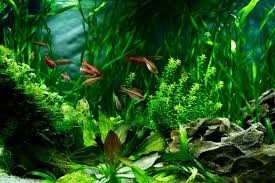 Red and blue parts of the color spectrum have advantages although they are often lacking in light bulbs.
Red and blue parts of the color spectrum have advantages although they are often lacking in light bulbs.
The first is that they will accentuate the color of the plants in your tank. However, it is important that the light bulb you choose also has green/orange/yellow spectrum too to give a balanced effect – although these colors will have less impact on your tank plants.
Stronger red/ blue lighting will also stimulate pigmentation in certain plants. Especially those with red leaves and out of the two, the blue spectrum of light is more important.
The plants will grow healthier too and be fuller in shape with more leaves.
Although the coloration of your plants is affected by the nutrients you give your tank plants, lighting plays a key role too.
It is said that having more blue in your light spectrum will mean there will be more algae in the tank, but this has not been proved.
When buying your aquatic plants, it is a good idea to ask for guidance about their light requirements.
T5 lighting, the strongest and ideal if you want a densely planted tank and you can plant the most light-needy plants in the center of the tank where the light is strongest.
The ‘rule of thumb’ is that you will need 1-2 watts per liter of water, but this calculation will need to be adjusted according to the type of fish you have and the depth of your tank.
For example, light from a fluorescent tube usually only penetrates the water to a depth of 60cm which may not be enough if you have a deep tank.
- It is important to remember that most species of aquarium fish come from the tropics where there is an equal amount of day and night so they will need to have 12 hours of light. It is best to maintain the day/night cycle. Leaving your aquarium lights on will encourage the growth of algae.
- 🐠DEFAULT MODE(24/7 Natural Mode): Gradient Orange light (sunrise) from 6 am to 8 am; Gradient White light from 8 am to 6 pm; Gradient Blue light (moonlight) from 6 pm to 10:50 pm; The lights are off in other time periods. PS: The 6-time points on the controller are used as a reference for the first running time setting. In other words, the overall default time period can be delayed or advanced.
Prices pulled from the Amazon Product Advertising API on:
Product prices and availability are accurate as of the date/time indicated and are subject to change. Any price and availability information displayed on [relevant Amazon Site(s), as applicable] at the time of purchase will apply to the purchase of this product.
Best Spectrum for Aquarium Plants for Different Stages of Plant Growth
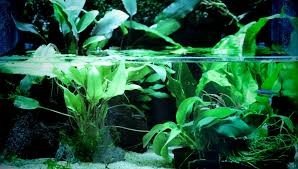 Certain light spectrums trigger the growth of different characteristics in aquarium plants – at different stages.
Certain light spectrums trigger the growth of different characteristics in aquarium plants – at different stages.
For plants to optimally absorb the chlorophyll in the process of photosynthesis both blue and red light are the most efficient, but at certain stages the strength of each can make a difference.
Early growth and seedling stage
The blue light spectrum (400-500 nm) is essential for both seedlings and young plants as the light encourages them to establish a healthy root and stem structure during vegetative stages as they establish a healthy root and stem structure.
Vegetative growth stage
Blue light spectrums are credited with encouraging the vegetative growth stage and the structural growth of plants.
Flowering and fruiting stage
The best spectrum for aquarium plants light spectrum for this stage is the red (600-700nm) as is the one best absorbed by chlorophyll pigments.
Red will promote flowering and fruiting as well as helping stems to develop and leaves to grow.
It is red light that plays a key role in the plant’s maturity and its size.
- There is, however, no single light spectrum that will guarantee a larger crop.
Types of Aquaria Light and Their Spectrum
A. Full Spectrum Lights
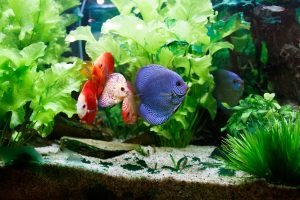 These tank lights are often nicknamed ‘daylight bulbs’ because the light they emit mimics natural daylight.
These tank lights are often nicknamed ‘daylight bulbs’ because the light they emit mimics natural daylight.
This type of bulb emits light at all visible wavelengths, so they are considered good all-purpose lights to choose for an aquarium.
LED lighting is relatively new in the aquatic world and proving very successful.
An LED light can last five years, making it economical – especially as running costs are low too.
LED lights can be used really creatively too, and a bonus is that they do not generate much heat.
C. T5 and T8 Fluorescent Lights
These are the most common types of aquarium lighting.
Both can be used to help your tank plants develop, but the T5 is more powerful so is recommended for best spectrum for aquarium plants. Especially if you are cultivating your tank plants densely.
If you have plants that demand a high level of lighting, two T5 fluorescent tubes could be good.
- All-Glass Strip-Lights are used with Versa-Tops for proper aquarium lighting
Prices pulled from the Amazon Product Advertising API on:
Product prices and availability are accurate as of the date/time indicated and are subject to change. Any price and availability information displayed on [relevant Amazon Site(s), as applicable] at the time of purchase will apply to the purchase of this product.
D. Metal Halide Lights
Metal halide lights have long been popular for their energy efficiency although the Performance of LED lights is far better.
Having said that, a new 400-watt metal halide light will last up to 20,000 hours.
Metal halide lighting is intense, so they are a good choice for deep aquariums or if you need wide coverage.
This type of lighting does generate more heating and require more maintenance. Radium metal halide bulbs are purpose-built for growing corals in your tank.
LED lighting is fast becoming the popular way to achieve the best light spectrum for your tank, but there are some good tips to help you achieve the optimum lighting.
- Specifications - 150W 120V T7.5 metal halide bulb with a G12 2-pin base, 3200K color temp., 6000 hours average rated life, 12000 lumens, clear glass finish, 4.3 inches L x 1 inch W - 1 pack.
Prices pulled from the Amazon Product Advertising API on:
Product prices and availability are accurate as of the date/time indicated and are subject to change. Any price and availability information displayed on [relevant Amazon Site(s), as applicable] at the time of purchase will apply to the purchase of this product.
Proper Placement of Lights
Research this a little, based on the type of fish and plants you have as their requirements will differ, but cool running and energy-efficient LED lighting suits many tanks and can provide the best spectrum for aquarium plants.
Using Timers for Consistency
It is important to be consistent with the timings for your aquarium lighting and a timer definitely makes life easier.
You want to have a good day/night balance for your tank with a maximum of 8 hours of light on full power and up to four hours at a lower strength- this will resemble natural sunshine as the midday sun is very different to early morning and evening sun.
If you set your timer for longer than this, you could damage your plants or encourage algae.
Adjusting Light Intensity and Duration

The best way to measure light intensity is using PAR (Photosynthetically Active Radiation) numbers which are provided by tank light manufacturers to inform customers so that they can buy the light most suitable for their aquarium.
A PAR value of 75-100 μmols offers light for plants needing low light intensity, 125 ~150 μmols, for plants requiring medium light intensity and 200 μmols plus is for use with high light demanding plants.
The main consideration will be the depth of your fish tank as this will affect the amount of light penetrating to the bottom of your fish tank.
Generally, it is recommended to start off with low light in your aquarium as this is suitable for most aquatic plants.
Monitoring Plant Response
Your fish tank will have an ever-changing eco-system that will need to be monitored to ensure that you have got the lighting right.
When you have a new aquarium with young plants, less light will be needed than when the tank and its plants have matured.
If you have to make adjustments, always note down the light settings so that you can see what adjustments are working.
If you have the lighting very bright and the algae seems to be flourishing, it is best to turn the light intensity down.
When you start lighting your aquarium choose a light intensity of 20-40% brightness and slowly increase the intensity if there is no algae bloom. If algae does develop, you will need to lower the lighting again.
- If you have any persistent problems, ask at your local aquatic center for advice.
- 🐟【Exclusive Update 24/7 Full Spectrum Mode】Real close to the rules of sunlight. Compared with others that change light per 2 hours, AHJ LED aquarium light runs smoothly from sunrise to sunset and then to night light by collecting the operating law of sunlight light. 24/7 Mode auto on from local time 06:00-06:15 am, slowly auto fades off until 22:00 pm. One key enters or back to 24/7 mode, so easy for aquarium Beginners. The simulation of a day/night cycle is fantastic and plants love it.
Prices pulled from the Amazon Product Advertising API on:
Product prices and availability are accurate as of the date/time indicated and are subject to change. Any price and availability information displayed on [relevant Amazon Site(s), as applicable] at the time of purchase will apply to the purchase of this product.
Real-life Examples and Case Studies of the Best Spectrum for Aquarium Plants
The amount of light in your aquarium is crucial if you are growing aquatic plants because without the right amount of light in the correct color spectrum they will fail to thrive and simply die.
You must tailor-make the lighting in your tank fit the environment you are creating, and this depends on the type of fish and plants you choose, and these choices are usually made depending on how much time you can dedicate to caring for your aquarium.
It is well worth seeking advice on your choices to avoid disappointment. All plants have different light needs but generally, the more light a plant requires, the harder that plant will be to grow successfully.
A much-quoted case study focuses on the beautiful Glossostigma Elantinoides.
When it is healthy and thriving, this gorgeous aquatic plant covers the floor of the fish tank like green velvet grass.
To achieve this is far from easy as this plant is really tricky to grow. It requires intense lighting and because of this, there is usually a battle with increased algae levels.
If the algae is kept in check, to keep the plant looking good takes time to keep well-fertilized and pruned and
another requirement is more frequent water changes.
Not surprisingly, many enthusiasts ditch their ideas of being successful and plump for easy-care plants instead.
Final Thoughts – Best Spectrum for Aquarium Plants
The success of your aquarium plants will depend on the lighting you choose and getting the best spectrum for aquarium plants.
It is essential to research the best spectrum for aquarium plants well as ideas will differ depending on your tank size and the types of fish and plants you have.
Your goal is to get the perfect balance in your aquarium between light, CO² levels and fertilizer.
When you achieve this, your fish will have a healthy environment and your tank plants will be flourishing and making keeping your tank well-maintained surprisingly easy.
..

![Unlocking the Best Spectrum for Aquarium Plants [Top Tips] best spectrum for aquarium plants with discus fish](https://aquariumhunter.com/wp-content/uploads/2024/02/Best-Spectrum-for-Aquarium-Plants-with-discus-fish-720x300.jpg)





![9 Hardy Plants for a Brackish Water Aquarium [Our Top Picks] 9 Hardy Plants for a Brackish Water Aquarium [Our Top Picks]](https://aquariumhunter.com/wp-content/uploads/2021/08/Can-Aquarium-Plants-Live-in-Brackish-Water.jpg)







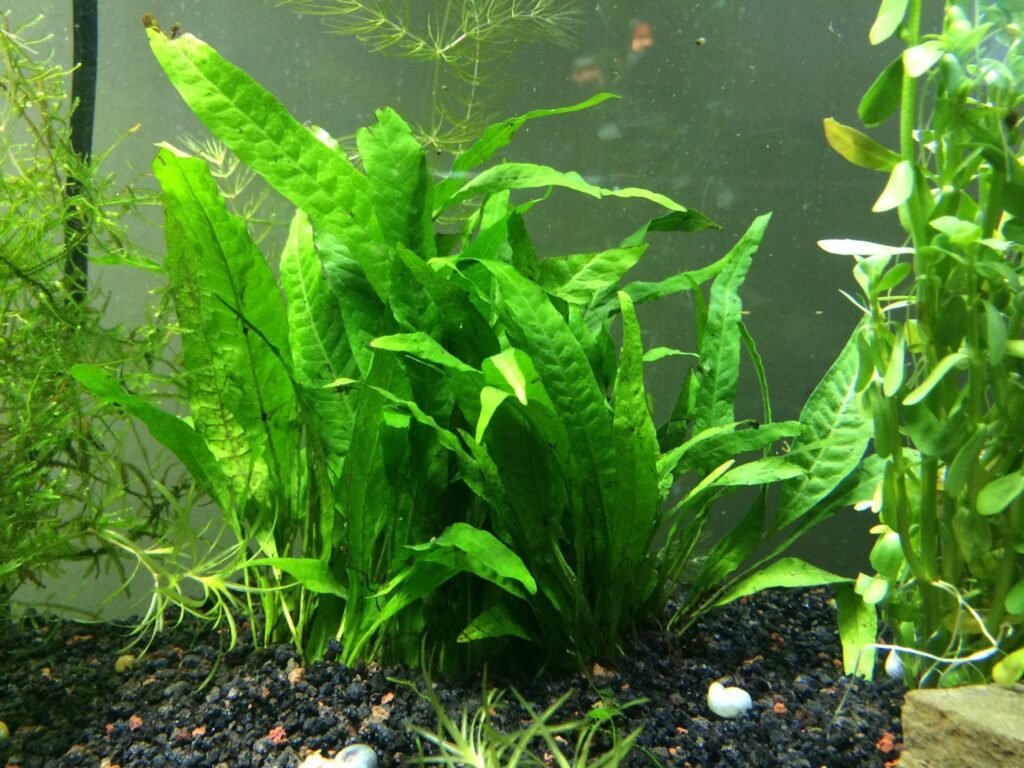

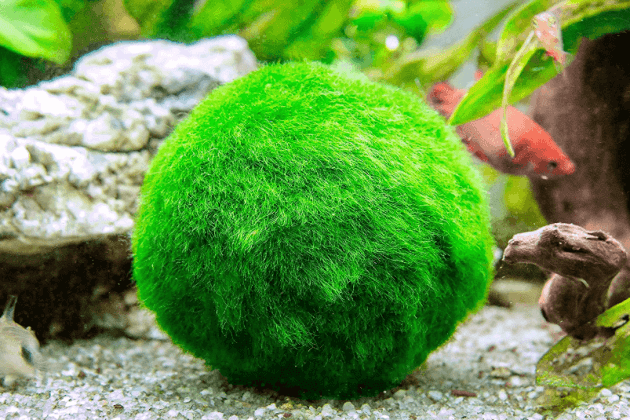


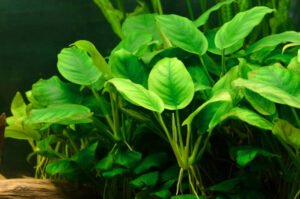
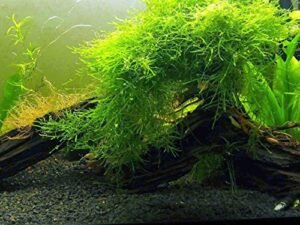

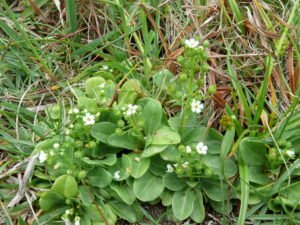















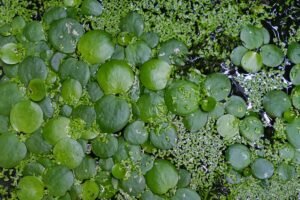


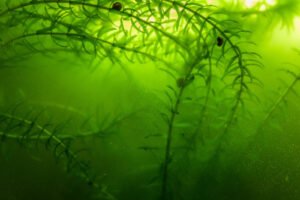




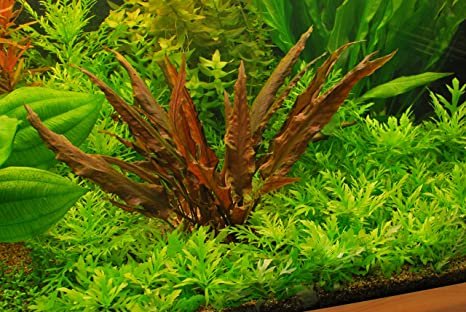


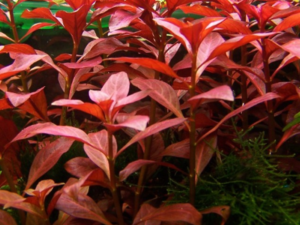


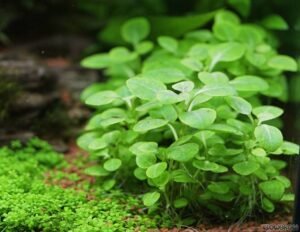





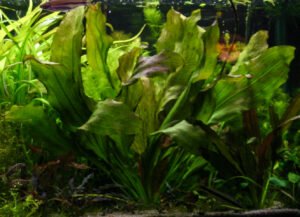

![Aquascaping plants : Beginners to Advanced [Ultimate Guide] Aquascaping plants](https://aquariumhunter.com/wp-content/uploads/2021/11/Nature_style_aquascape-1.png)











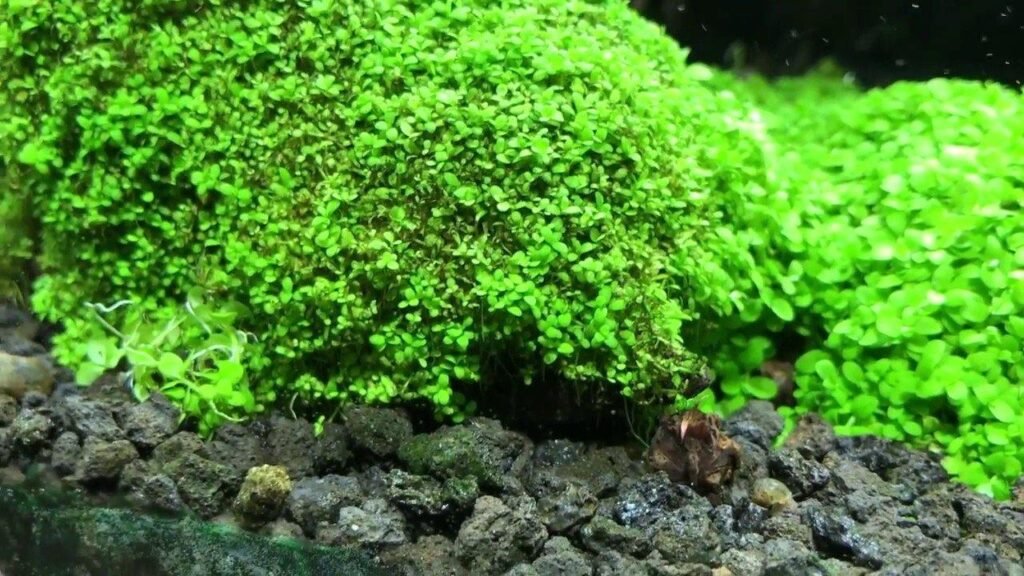
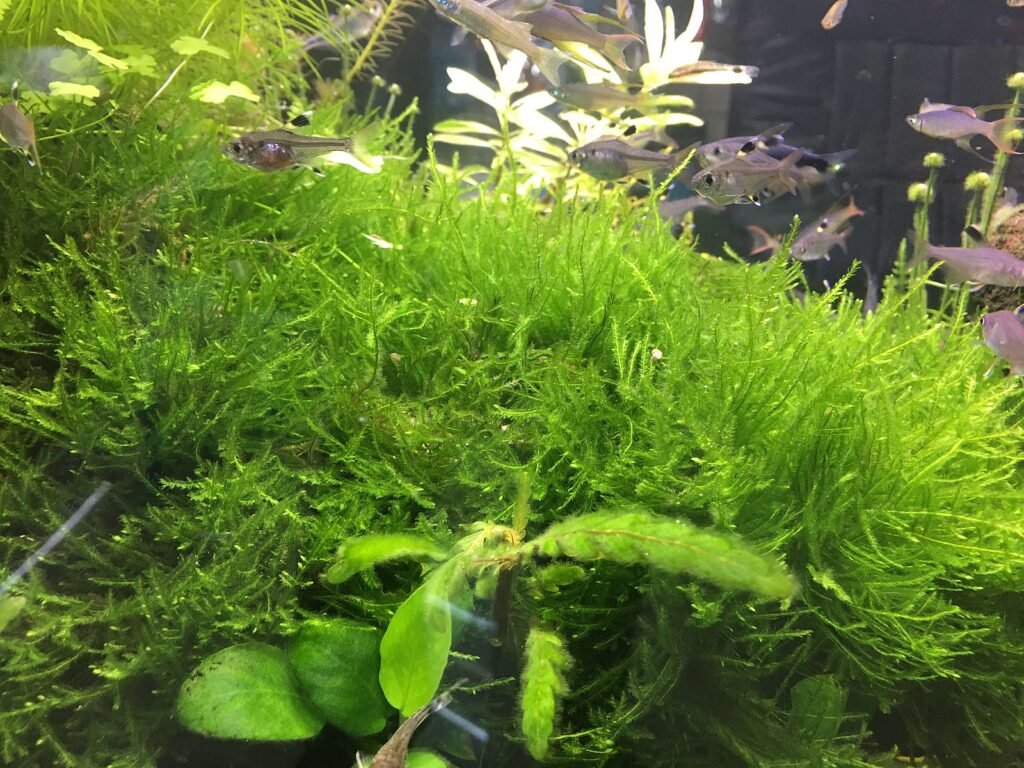


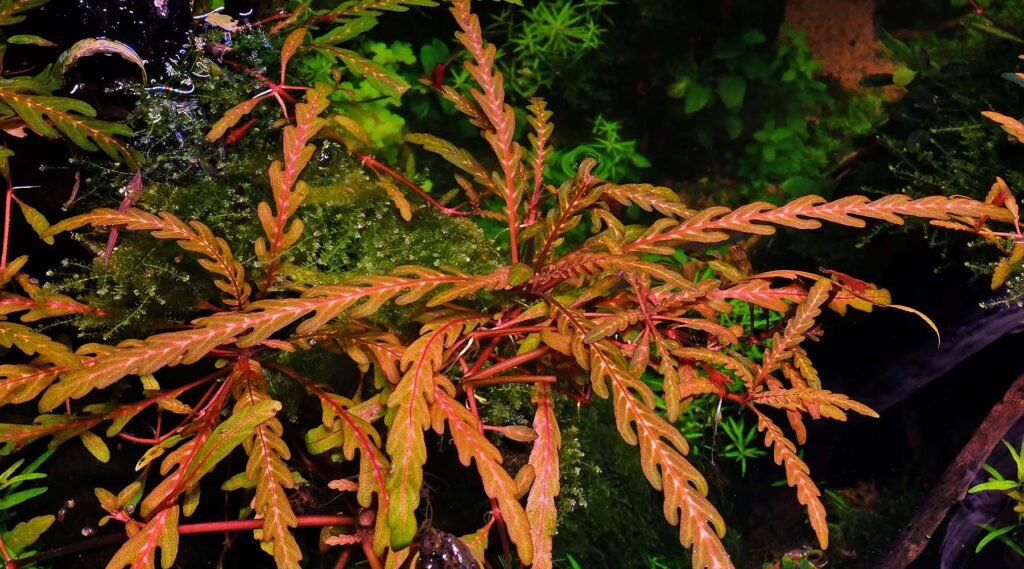


![Alternanthera Reineckii Mini Beginner’s Guide [UPDATED 2023] Alternanthera reineckii 'mini'](https://aquariumhunter.com/wp-content/uploads/2021/11/Alternanthera-Reineckii-Mini.jpg)



![Most Popular Saltwater Plants for Aquarium [Species Guide] Saltwater Plants for Aquarium](https://aquariumhunter.com/wp-content/uploads/2021/10/saltwater-aquarium-plants.jpg)


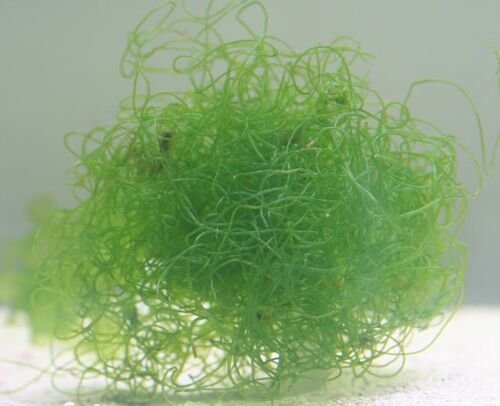
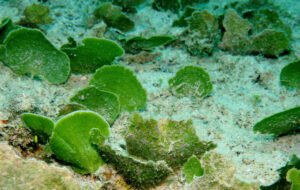

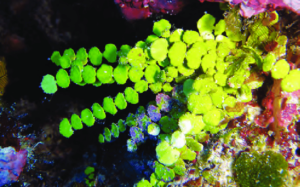
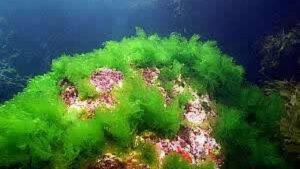
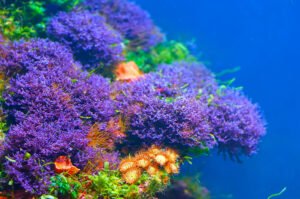
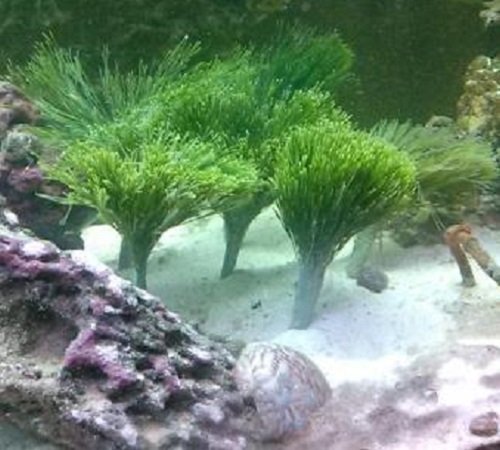




![[Complete Guide] Amazon Sword Plant: Care, Planting, Propagation & More Amazon Sword Plant](https://aquariumhunter.com/wp-content/uploads/2021/09/Amazon-Sword-Plant-Echinodorus-genus.jpg)
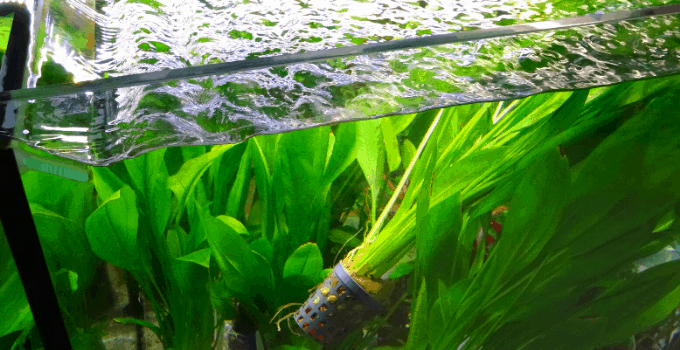
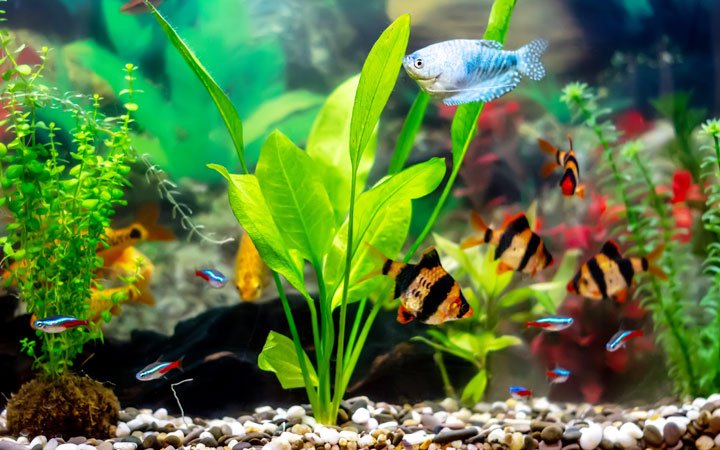




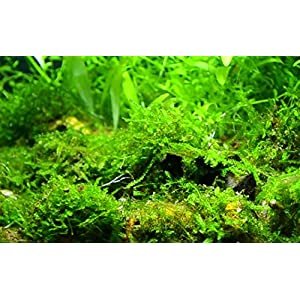

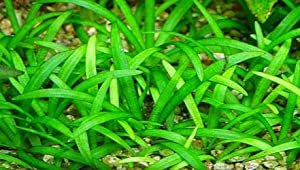

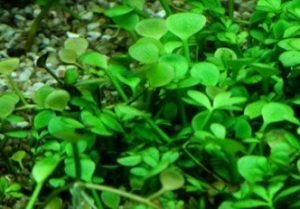
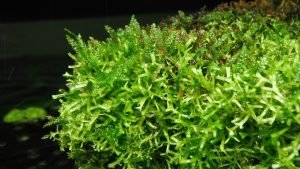
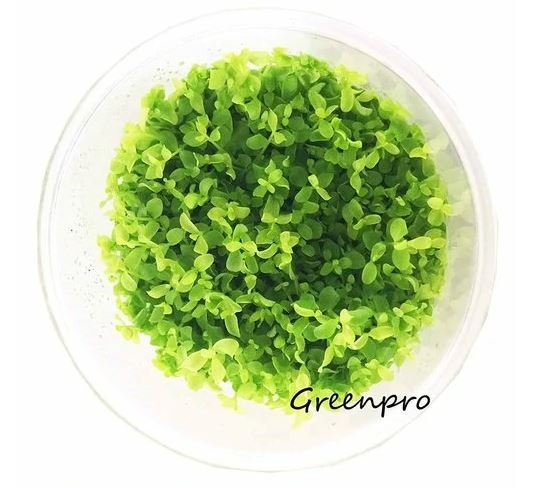

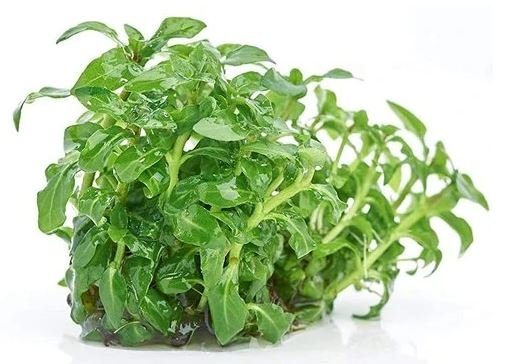
![[updated 2023] Best Low Light Aquarium Plants (Reviews + Guide) [updated 2023] Best Low Light Aquarium Plants (Reviews + Guide)](https://aquariumhunter.com/wp-content/uploads/2021/07/lowlightplantswords.png)
